
Our Services
This is an overview of the services we provide to you

General Haematology & Benign Blood Disorders
Diagnosis and treatment of anaemias, clotting disorders, and platelet abnormalities.
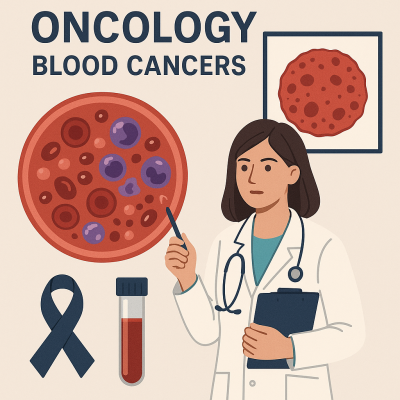
Oncology (Blood Cancers)
Specialised care for leukaemias, lymphomas, myelomas, and other haematologic malignancies.
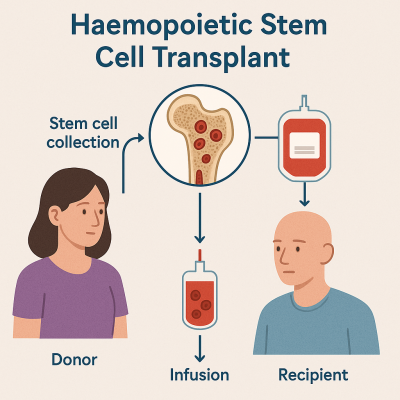
Haemopoietic Stem Cell Transplants
We coordinate and manage bone marrow transplants with pre- and post-transplant support.
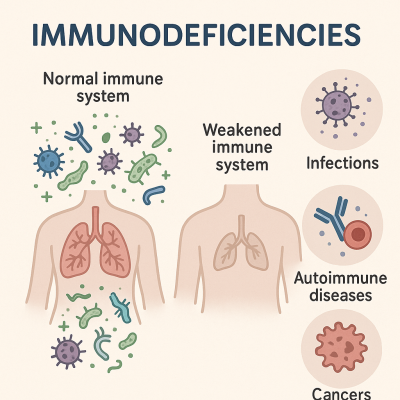
Immunodeficiencies
Diagnosis and management of inherited and acquired immune system disorders.
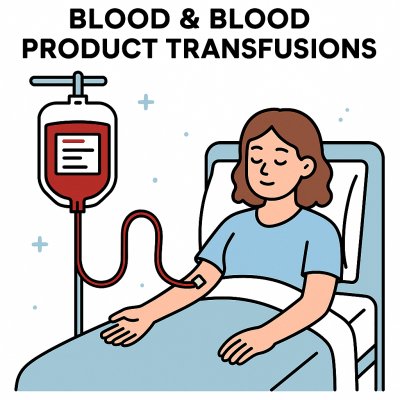
Blood & Blood Product Transfusions
Safe, evidence-based transfusion services tailored to each patient’s needs.
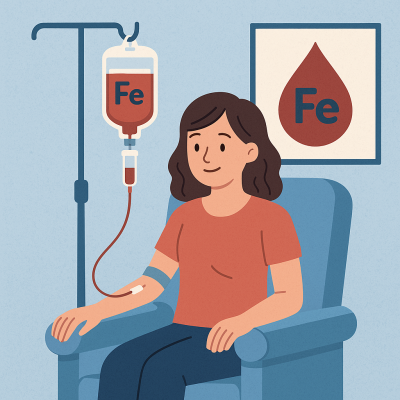
IV Iron Infusions
Efficient treatment for iron-deficiency anaemia under monitored clinical conditions.
FAQ
What are the most common benign blood disorders?
Conditions include anemia (especially iron deficiency), hemophilia, von Willebrand disease, platelet disorders, autoimmune hemolytic anemias, thrombocytopenia, sickle cell disease, hemoglobinopathies, and others
What treatment options are available for blood cancer??
Chemo, radiation, targeted therapy, immunotherapy, and sometimes stem cell transplant.
When is IV iron used?
When oral iron is ineffective or there’s intolerance. It’s used in cases like confirmed iron-deficiency anemia where rapid restoration is desired.
What are the risks for IV Iron?
Small risks include allergic reactions or anaphylaxis, and possible skin pigmentation changes at infusion sites
What symptoms should prompt evaluation?
Symptoms vary by disorder but may include fatigue, shortness of breath (red cell issues), fever/infections (white cell issues), easy bruising, heavy bleeding, or skin rash (platelet/clotting issues)
What is a stem cell transplant and why is it done?
HSCT replaces diseased or damaged blood-forming stem cells, most often destroyed by chemotherapy or radiation with healthy ones from the patient’s body (autologous) or a donor (allogeneic)
How does the procedure work and what’s the timeline?
After harvesting, conditioning (chemo/radiation) kills diseased marrow, followed by infusion of stem cells; engraftment (new blood cell production) usually begins around 12–15 days post-transplant
How is blood transfusion safety ensured?
Donated blood is screened for infections (HIV, hepatitis, syphilis), typed for ABO and Rh, and sometimes CMV, especially for immunocompromised recipients. Leukodepletion is commonly used to reduce CMV risk